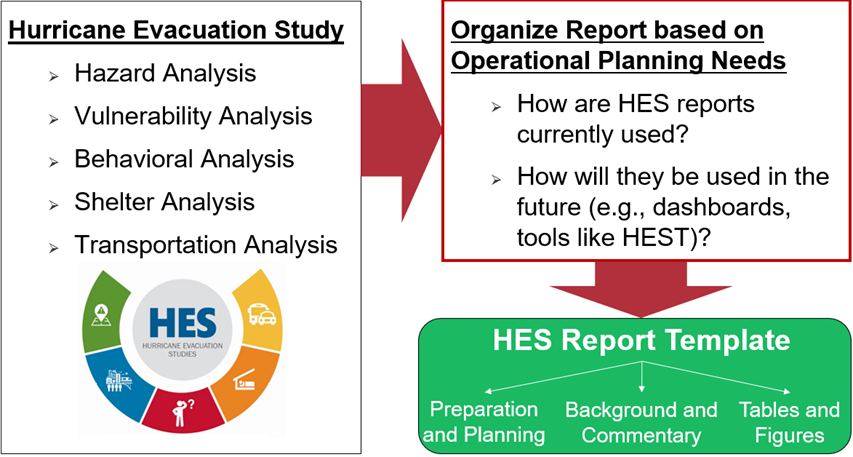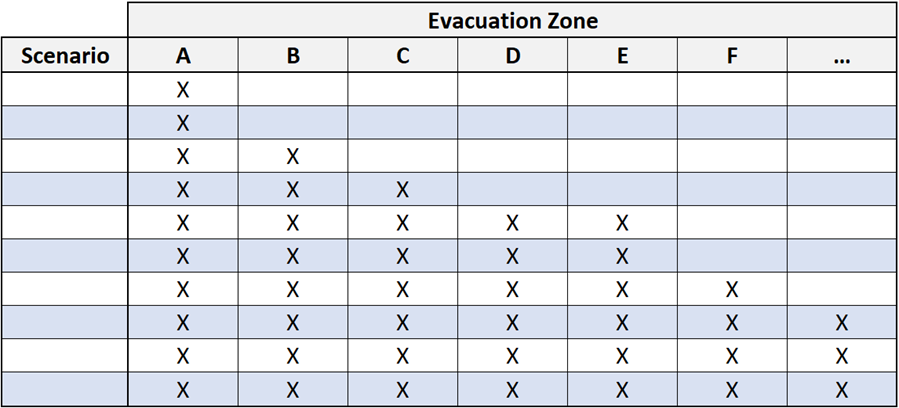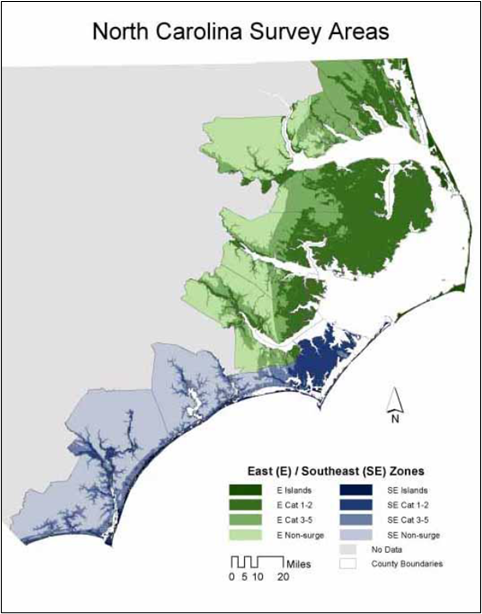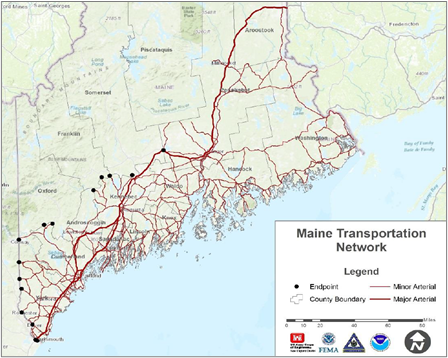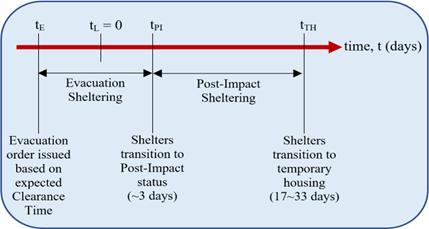

Develop the Hurricane Evacuation Support Tool (HEST) to support real-time decision making for emergency managers and planners. Assist the National Hurricane Center (NHC) in modernizing their development and presentation of Hurricane Evacuation Studies (HES) to make them more accessible, efficient, and effective for emergency managers at all levels of government. Modernization also focused on streamlining the HES process to make it easier to update with new results from Hazard Analysis, Vulnerability Analysis, Behavioral Analysis, Sheltering Analysis, and Transportation Analysis.
Hurricane Evacuation Studies (HES) are only updated a couple years at a time, how do we determine which States are prioritized in updating their Hurricane Evacuation Planning. Additional updates need to be made to the HES reports, how to update them for the future?
